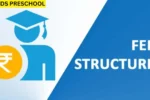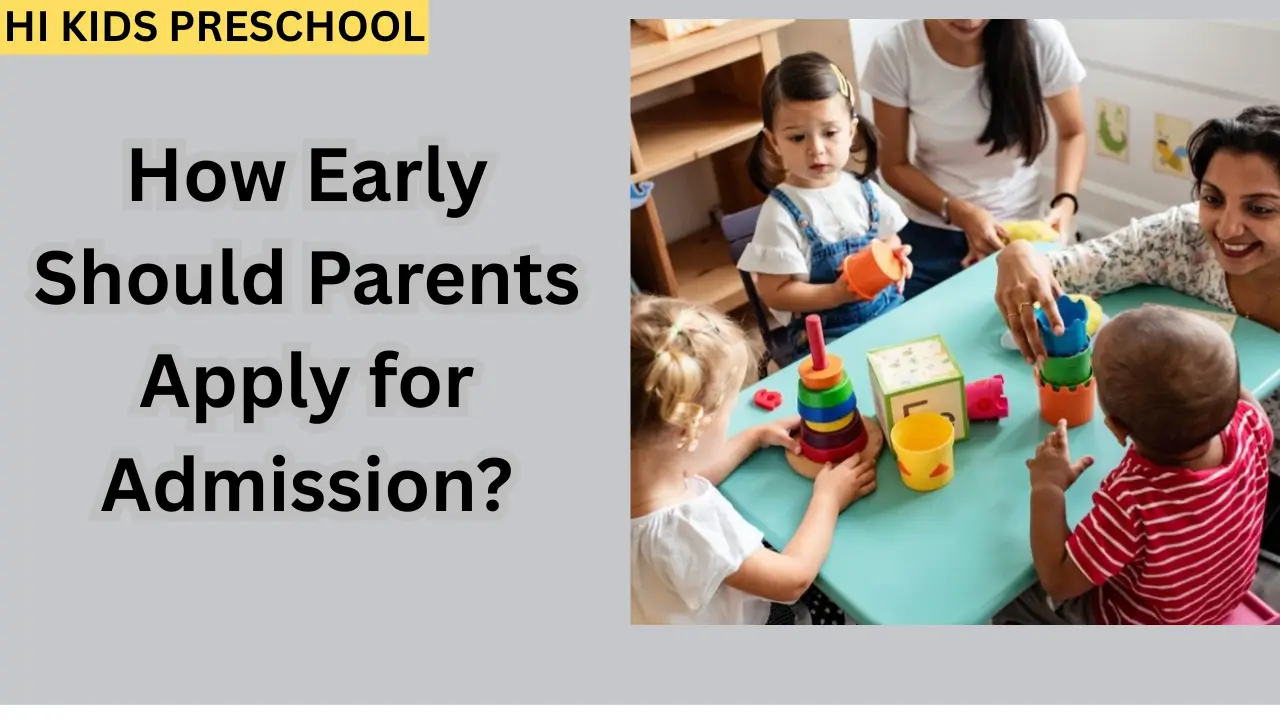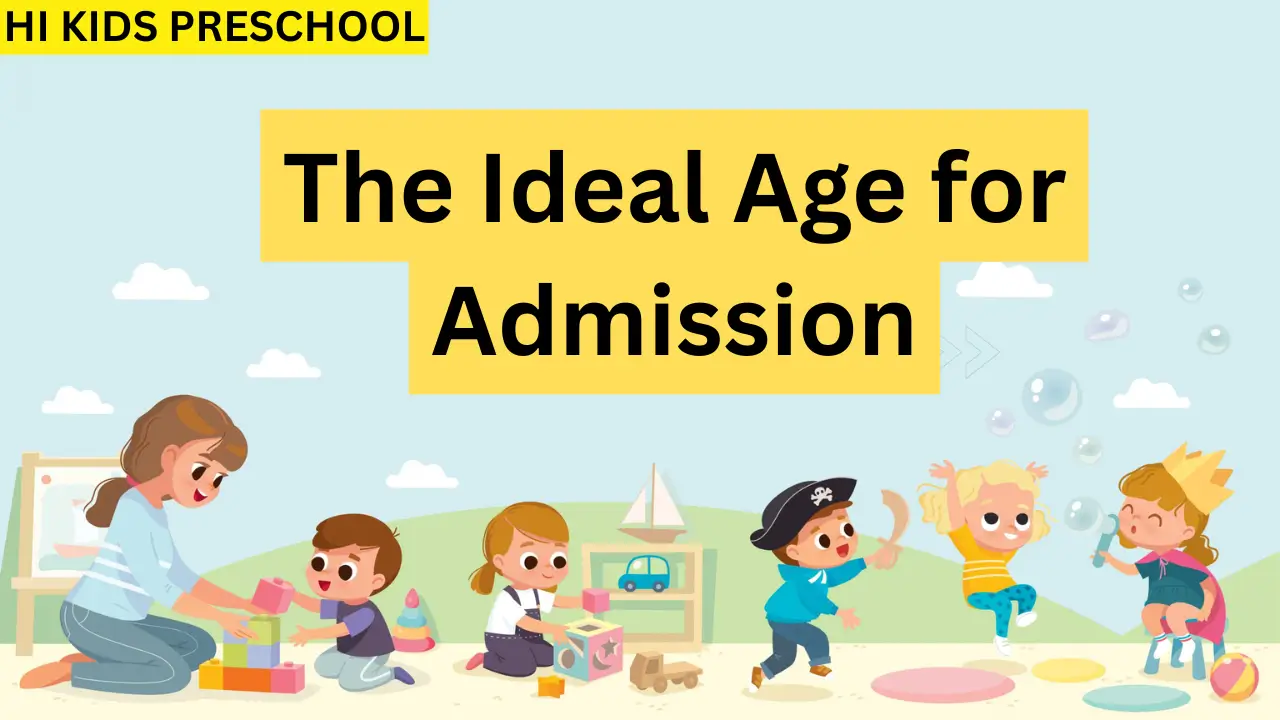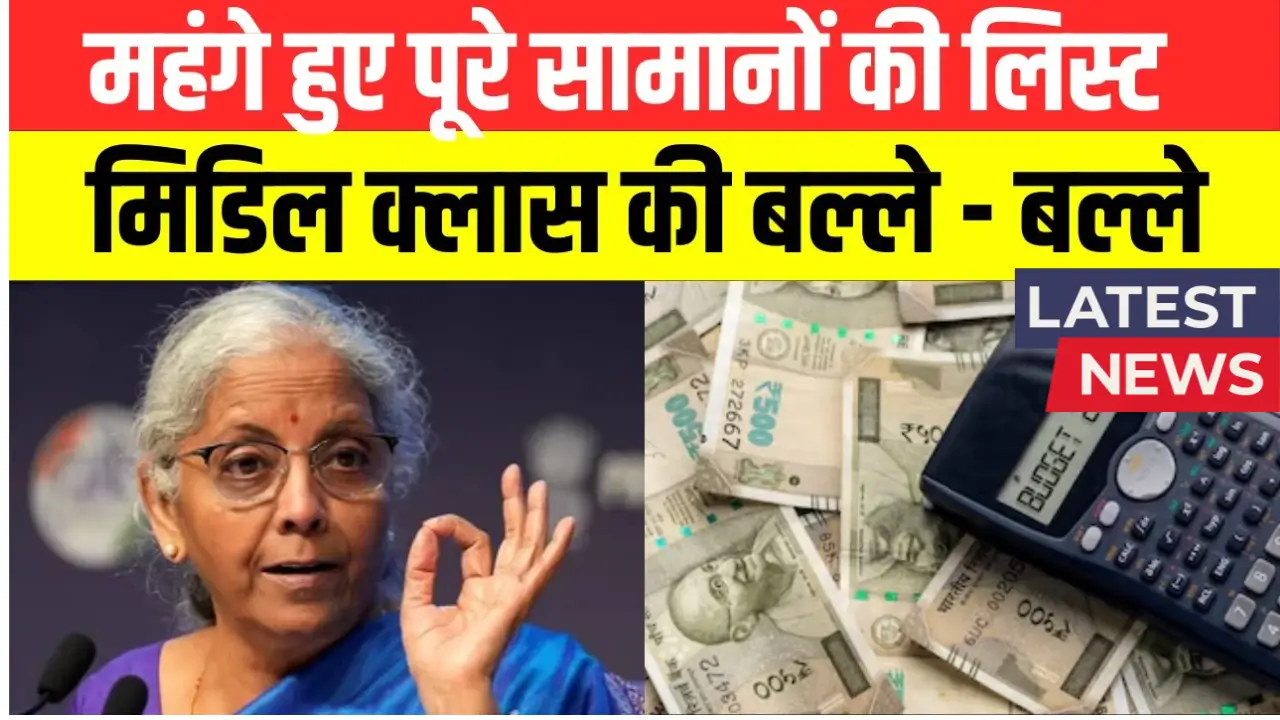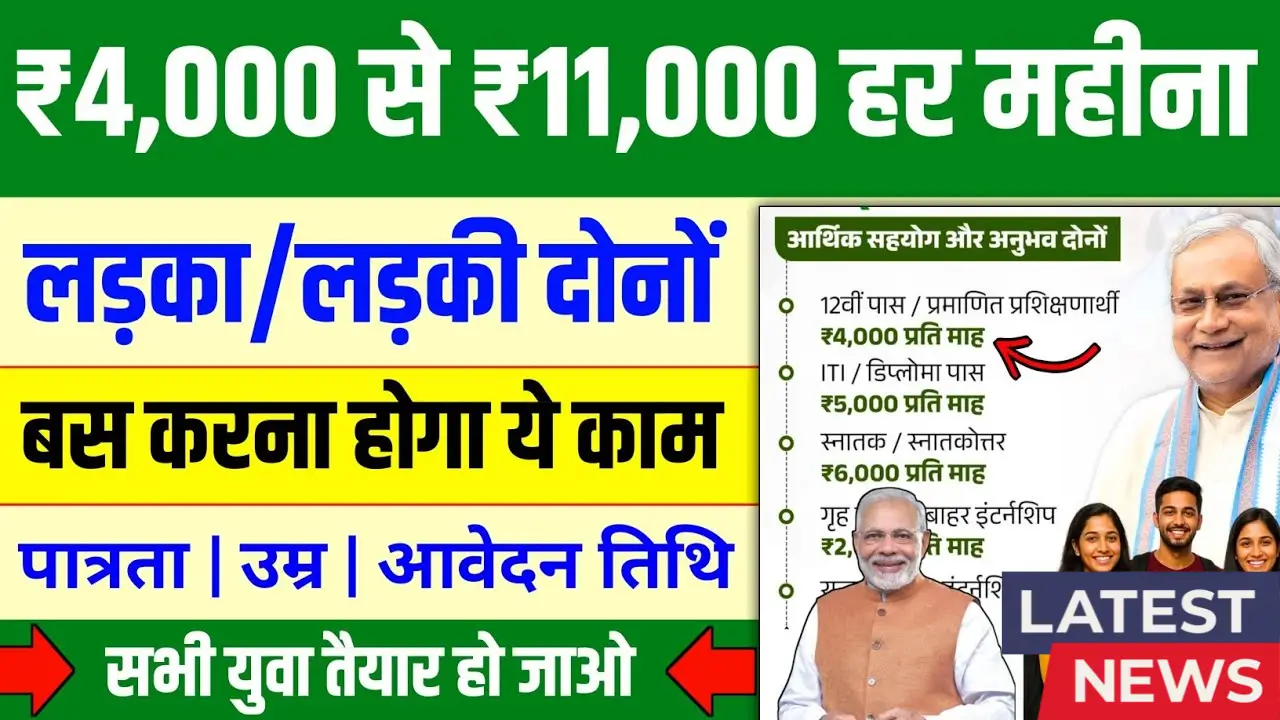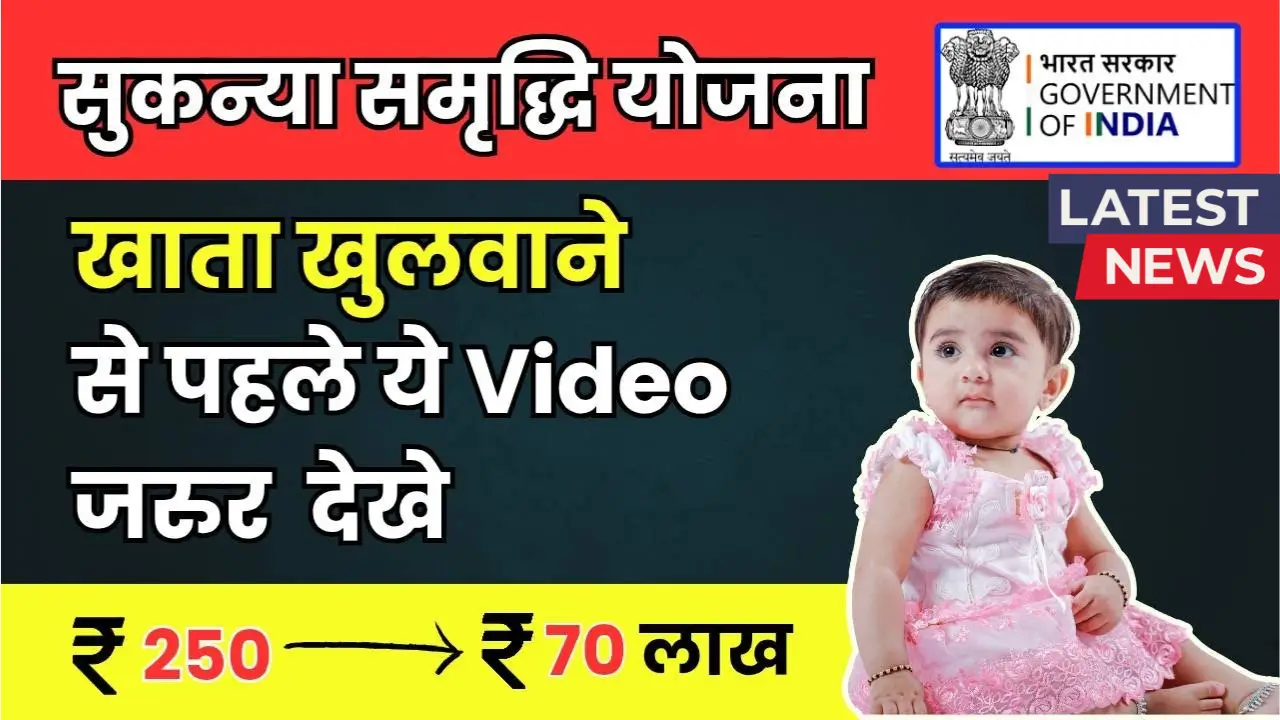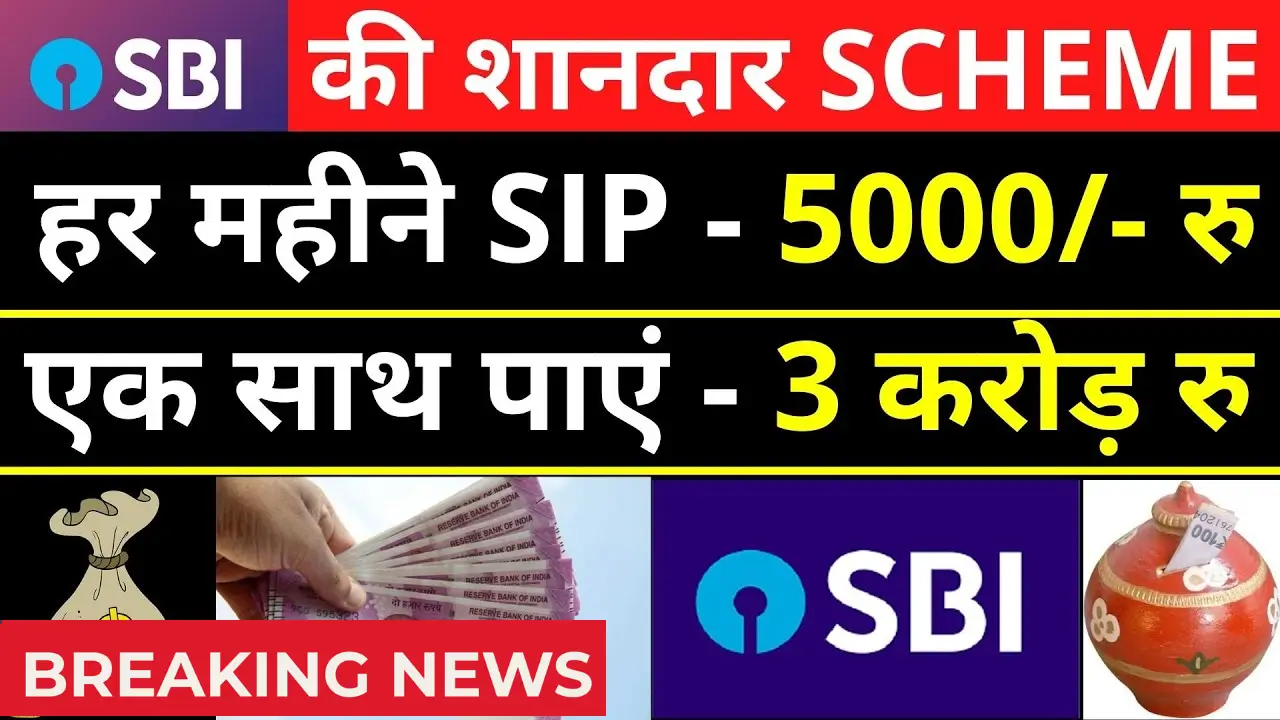Education has evolved significantly over the past few decades, and one of the biggest challenges for parents today is choosing the right curriculum for their child. With multiple learning systems available, such as CBSE, Montessori, and blended curricula, understanding the differences between them is essential for making an informed decision.
This article explores these three popular approaches, analyzing their features, advantages, limitations, and the latest trends in modern education.
Understanding the Different Types of Curriculum
1. What is the CBSE Curriculum?
The Central Board of Secondary Education (CBSE) is one of the most widely followed education systems in India. It is regulated by the Union Government of India and is designed to provide a structured and uniform framework for students.
Key Features of CBSE Curriculum:
- Standardized syllabus across India and in many foreign schools.
- Strong emphasis on science, mathematics, and competitive exam readiness (like JEE, NEET).
- Continuous and comprehensive evaluation for overall growth.
- Focus on conceptual knowledge with national-level relevance.
2. What is the Montessori Curriculum?
Montessori education, founded by Dr. Maria Montessori, is centered on self-directed activity, hands-on learning, and collaborative play. Unlike conventional systems, it encourages children to explore, experiment, and learn at their own pace.
Key Features of Montessori Curriculum:
- Child-centered approach with an emphasis on experiential learning.
- Mixed-age classrooms to encourage peer learning.
- Focus on independence and life skills, along with academics.
- Holistic development including emotional, cognitive, and social growth.
3. What is a Blended Curriculum?
Blended learning is a modern educational model that combines the strengths of different systems—often integrating national boards like CBSE with global or experiential approaches like Montessori or IB (International Baccalaureate). The goal is to balance academic rigor with creativity, life skills, and practical knowledge.
Key Features of Blended Curriculum:
- Integration of traditional academic frameworks with activity-based methods.
- Use of technology for smart and adaptive learning.
- Flexibility to create a hybrid syllabus that meets both national and global standards.
- More emphasis on 21st-century skills such as problem-solving, innovation, and collaboration.
Comparative Overview: CBSE vs Montessori vs Blended
| Criteria | CBSE Curriculum | Montessori Curriculum | Blended Curriculum |
|---|---|---|---|
| Approach | Teacher-led, structured | Child-led, exploratory | Combines structured + child-centered |
| Assessment Method | Exams, standardized tests | Continuous observation | Mixed (tests + projects + digital tools) |
| Skill Development | Academic & competitive focus | Independent thinking, life skills | Balance of academics & global skills |
| Technology Use | Moderate (growing in recent years) | Minimal traditional use; hands-on tools | High integration of EdTech |
| Flexibility | Limited to syllabus | Very flexible and adaptive | Semi-flexible, customizable |
| Best Suited For | Students aiming for competitive exams | Young learners, holistic early development | Students needing balanced exposure |
Advantages and Limitations
CBSE Curriculum
Advantages:
- Widely recognized in India and abroad.
- Prepares students for competitive exams.
- Structured syllabus with government backing.
Limitations:
- Less emphasis on creative and practical learning.
- High-stress due to exam-oriented focus.
- Limited customization for individual talents.
Montessori Curriculum
Advantages:
- Encourages independence and self-confidence.
- Personalized pace of learning.
- Fosters creativity and curiosity.
Limitations:
- Not aligned with conventional competitive exams.
- Limited availability at higher levels (mostly pre-primary and primary).
- Requires specialized trained teachers.
Blended Curriculum
Advantages:
- Combines best of both worlds—academic rigor and practical learning.
- Integrates technology for modern skill-building.
- Prepares students globally and locally.
Limitations:
- Not standardized, varies between schools.
- Implementation may depend on resources and teacher training.
- Sometimes higher cost due to diverse teaching tools.
Latest Updates in Curriculum Trends (2025)
- NEP 2020 Impact on CBSE
- The New Education Policy has led to a shift in CBSE with reduced rote learning and increased focus on critical thinking, coding, and vocational training.
- Subjects have become more flexible, allowing students to choose combinations beyond traditional streams.
- Montessori Expansions
- More urban schools are offering Montessori-based early education due to its proven success in developing independence and creativity.
- Hybrid Montessori methods are being extended up to middle school.
- Rise of Blended Learning
- The pandemic years accelerated online and hybrid learning models, making blended approaches more popular.
- Schools are now using AI-driven personalized learning trackers, gamified education platforms, and VR-based classrooms.
- Parents prefer blended systems as they merge global exposure with local curriculum needs.
How to Choose the Right Curriculum for Your Child
When deciding between CBSE, Montessori, and a blended model, parents should consider:
- Age of the Child – Montessori is best for pre-primary and primary stages, while CBSE becomes more relevant in middle and secondary levels.
- Learning Style – Some children thrive in structured systems like CBSE, while others do better in exploratory models like Montessori or blended programs.
- Future Goals – If aiming for Indian competitive exams, CBSE may be the best. For global opportunities, a blended or alternative curriculum might provide an edge.
- School & Teacher Quality – Regardless of the curriculum, quality of teachers and infrastructure determines effectiveness.
- Parent Expectations – Parents who value holistic growth often prefer blended or Montessori, while those seeking traditional academic excellence may lean towards CBSE.
Conclusion
Choosing the right curriculum is not just about comparing syllabi—it is about aligning a child’s unique needs with the right teaching philosophy.
- CBSE offers stability, recognition, and exam preparation.
- Montessori focuses on creativity, independence, and self-learning.
- Blended curriculum brings balance, technology, and global exposure.
In today’s fast-changing world, the blended approach is gaining momentum, as it provides the flexibility to adapt to both academic and real-world challenges. Ultimately, the “right” choice will depend on your child’s personality, future aspirations, and the values you want the school system to nurture.





